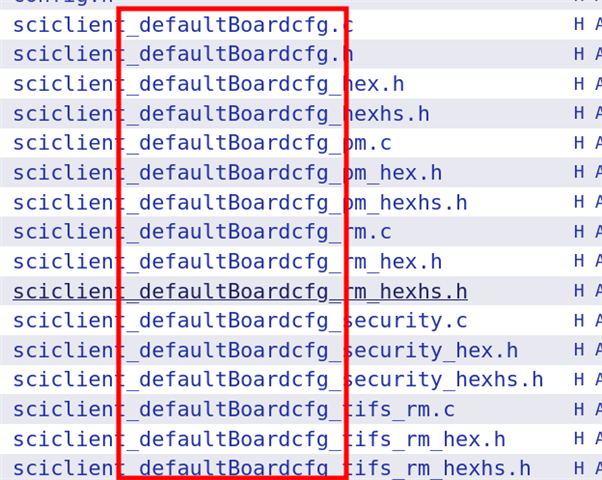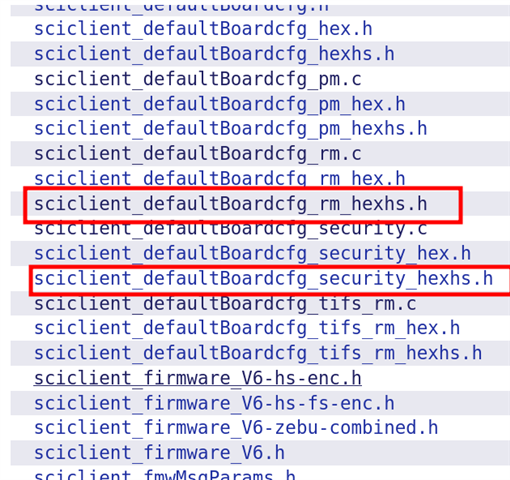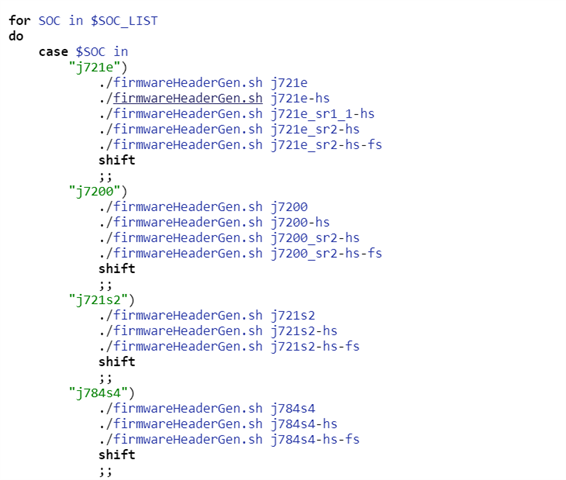Tool/software:
Hello TI experts,
I have successfully generated some SBL images using the SDK (RTOS variant) V10.00.00.27 for GP and HS after an extensive reading through all the documentation, however, i still have some doubts for HS which i couldn't really clarify with the current documentation, so i would like your support with the following questions:
1-Which file between "sbl_ing.mk" and "sbl_component.mk" i should use to configure the image accordingly (after checking them seems like "sbl_component.mk" make use of "sbl_ing.mk")?
2-Regarding the "boardConfig", how is this file generated and where is located in the SDK?
3-Is the "x509 certificate" automatically generated during the generation of the SBL HS image (i saw a relation through common.mk file) or this is something that i should run apart manually running the x509CertificateGen script?
4-What is the correct way to run this "x509CertificateGen.sh" script (maybe a specific command with some arguments or just "./x509CertificateGen.sh" would be enough)?
5-Once triggered the script, where would be the output x509 certificate located and which name/extension it would have?
6-Does this x509CertificateGen script also encrypts and signs the HS image (and also the configBoard) or just generates the x509 certificate?
7-What determines if a "non-encrypted" vs "encrypted" SBL HS bin image is needed or this is just up to client requirements?
8-I noticed we can also create the x509 certificate through OpenSSL, so, what is the difference between using this method and the x509CertificateGen script?
9-Could you please share me the updated steps applicable for SDK-RTOS V10.00.00.27 to encrypt/compile the HS generated image (steps in PDK 5.2.6.3 doc seems to be outdated)?
10-Could you please also share me the steps applicable for SDK-RTOS V10.00.00.27 to sign the HS generated image? Do these apply also to sign the boardConfig?
Many thanks for your support!









